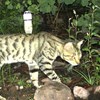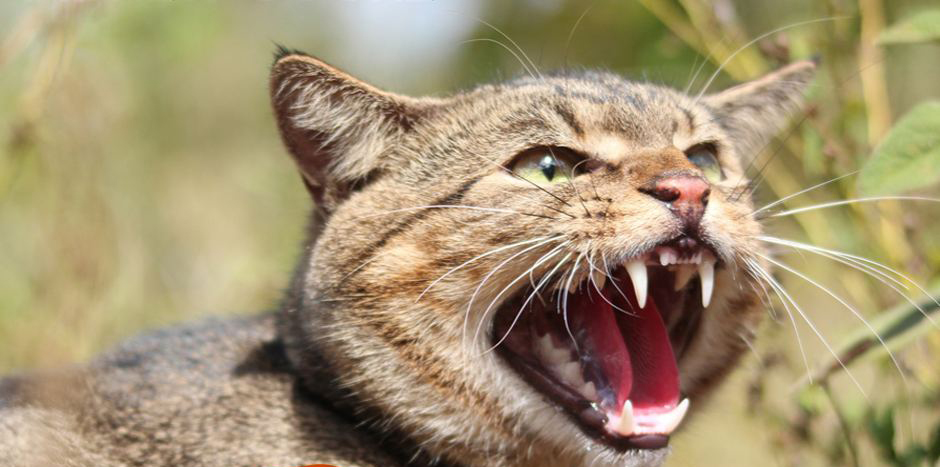
How many cats?
Wednesday, 14 December 2016Conservation management works best when it is based on robust evidence. If we’re trying to manage a threatening factor, such as a pest or a weed species, we really should know how many there are, how they’re distributed, and how many we should control to make a difference. For example, feral cats are constantly cited as a major threat to Australia’s native wildlife. How many are out there? Sarah Legge, Brett Murphy and John Woinarski explain how the TSR Hub is answering this question.
How many cats? It’s a simple question but there isn’t a simple answer. Even counting the human population in Australia is a formidable challenge – and mostly we self-count.
For native and introduced Australian animals, there are reliable population estimates for only a very small proportion of species. These mostly comprise relatively large, conspicuous and abundant species (such as kangaroos and camels) that can readily be counted from planes or helicopters, or species that now have extremely small populations and are restricted to very small areas (such as the northern hairy-nosed wombat). For the great majority of species between these extremes, there is generally no reliable information on total population size.
Feral cats are a classic example of the problems involved in estimating a wildlife population. They are furtive, not large-bodied, and widespread across almost all Australian environments. But, given that the evidence suggests that feral cats are a major cause of the decline of many Australian wildlife species, it’s important to try to assess their population size and its variation.
In a recent study, TSR Hub scientists attempted to derive a national population estimate for feral cats. This collaborative study involved researchers from most state and territory conservation agencies, many universities, and some conservation non-government organisations. The study was based on collations of nearly 100 separate local-scale estimates of cat density, spaced widely across Australia. These were derived from many different approaches, including total removal of cats from isolated areas (mostly islands), nocturnal (spotlight) transect surveys, and studies that used arrays of remote cameras from whose images individual cats were painstakingly identified.
These estimates varied markedly, from very close to 0 up to 100 cats per square kilometre. We sought to understand this variation in relation to a series of locational, environmental, land-use, climatic and other factors.
Feral cats were at much higher densities on islands than on the Tasmanian or Australian mainland. Where they occurred on islands, they were at higher densities on smaller than larger islands, although they were far more likely to occur on larger than smaller islands. We collated records of feral cats on 97 Australian islands, amounting to about 80% of the total area of Australian islands.
Cats are pervasive on the Australian mainland. Adding the cat-occupied island area, we found that feral cats are absent from less than 0.1% of the total Australian land area. (Another way of saying that is that cats are present on 99.9% of the total Australian land area.)
In largely natural areas of the mainland, variation in feral cat density was not strongly related to any of the environmental and other variables we considered. It was best (but still weakly) related to annual rainfall: cats tended to be slightly more abundant in drier areas (with more open vegetation) than on the higher rainfall coastal fringe (with denser vegetation). The density of feral cats in conservation reserves was similar to that outside conservation reserves, suggesting that Australia’s national parks provide little refuge for native wildlife species that are susceptible to cat predation. The population of feral cats in Australia also varies substantially over time, with about 2-5 fold increase in the inland during good seasons following extensive rainfall events.
From the analysis and modelling, we estimated that the average population density of feral cats in Australia is about 0.27 cats per square kilometre, and hence the total population of feral cats in largely natural environments in Australia is ‘normally’ about 2.1 million, with this figure fluctuating between 1.4 during dry periods to 5.6 million after extensive rainfall events.
In addition to this estimate for largely natural environments, we also estimated the number of feral cats in highly modified environments in which humans inadvertently provide much supplementary food (and hence which have much higher cat densities) to be about 0.7 million. So, the total Australian population of feral cats fluctuates between 2.1 and 6.3 million. This number can be compared to a national estimate of about 3.3 million pet cats, derived more simply by other sources from household surveys.
Our estimate of Australia’s feral cat population is substantially smaller than the few previous estimates, of about 15-20 million. The origin of these estimates is unclear, but possibly they were based on a far smaller set of field data, perhaps from areas where cats were locally abundant.
This new and more robust estimate of the cat population will help managers understand how much control effort will be needed to achieve significant reductions in local cat population numbers. However, the population figures are by no means the end of the story. Of far more importance is the actual impact of cat predation, and many recent studies have shown that severe losses of native wildlife can be wrought by very few cats.
For further information:
Sarah.Legge@anu.edu.au
Brett.P.Murphy@cdu.edu.au
John.Woinarski@cdu.edu.au
-
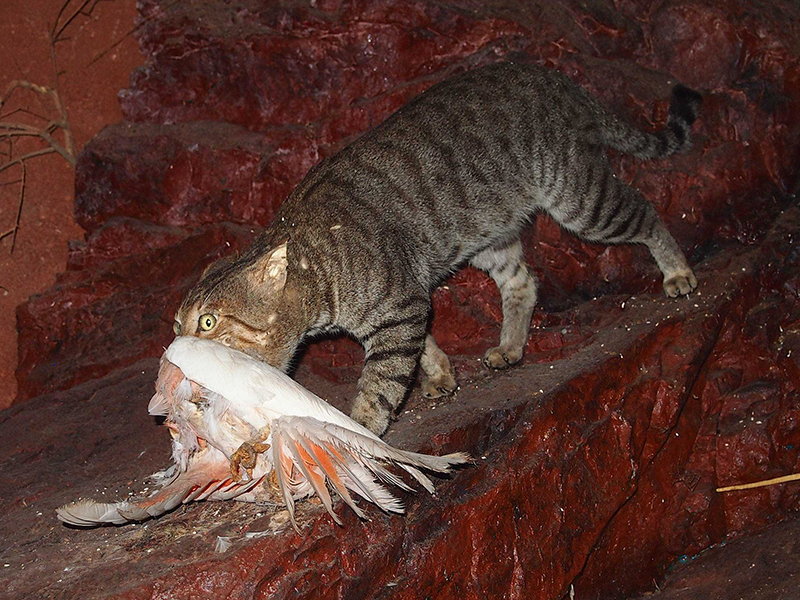
Cats are killing millions of Australia’s birds
Sunday, 22 October 2017 -
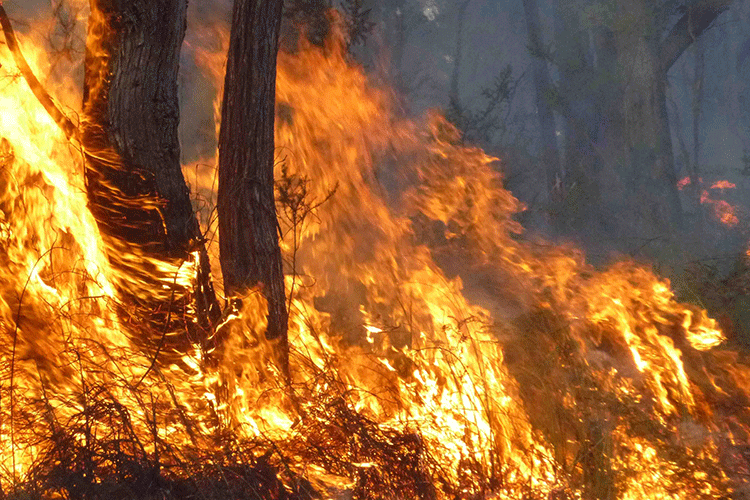
The fire, the fox and the feral cat
Tuesday, 06 June 2017 -
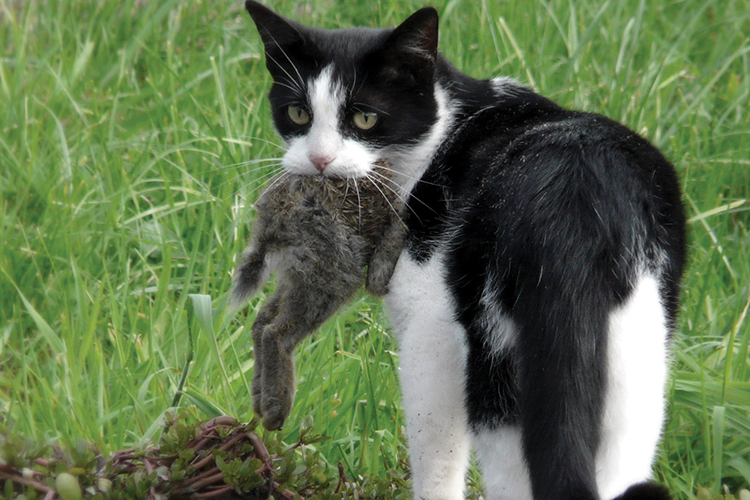
The mathematics of cats
Monday, 16 March 2020 -
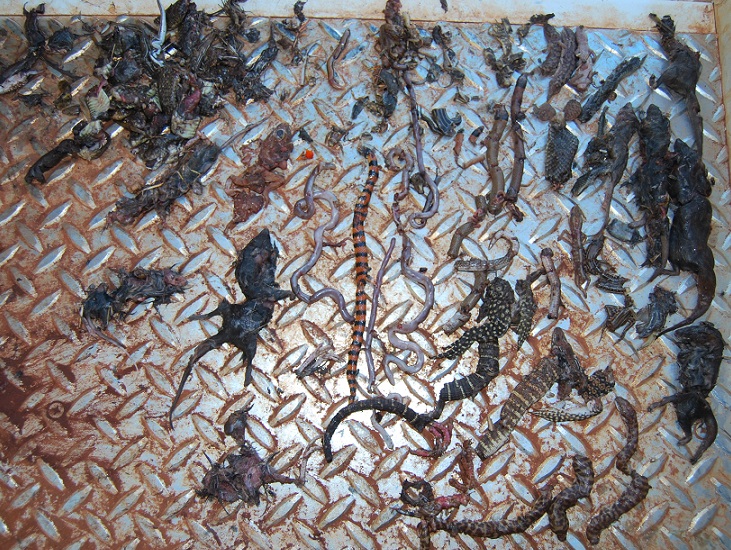
The unnoticed toll of cats on reptiles
Monday, 25 June 2018 -
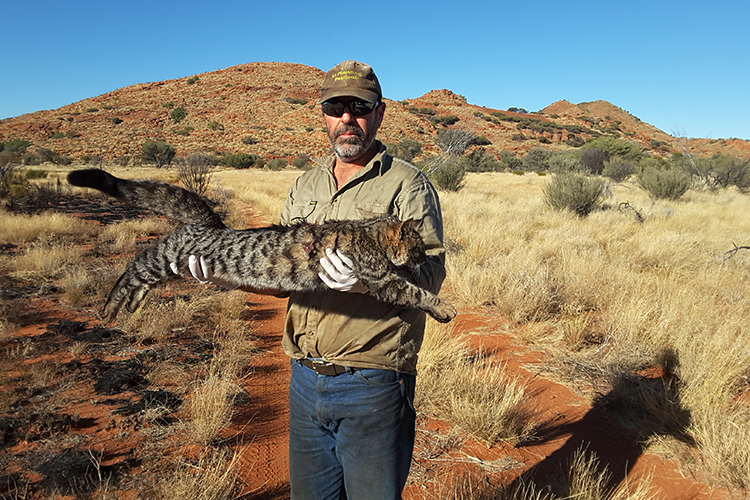
Tracking cats to help the night parrot
Wednesday, 05 June 2019 -
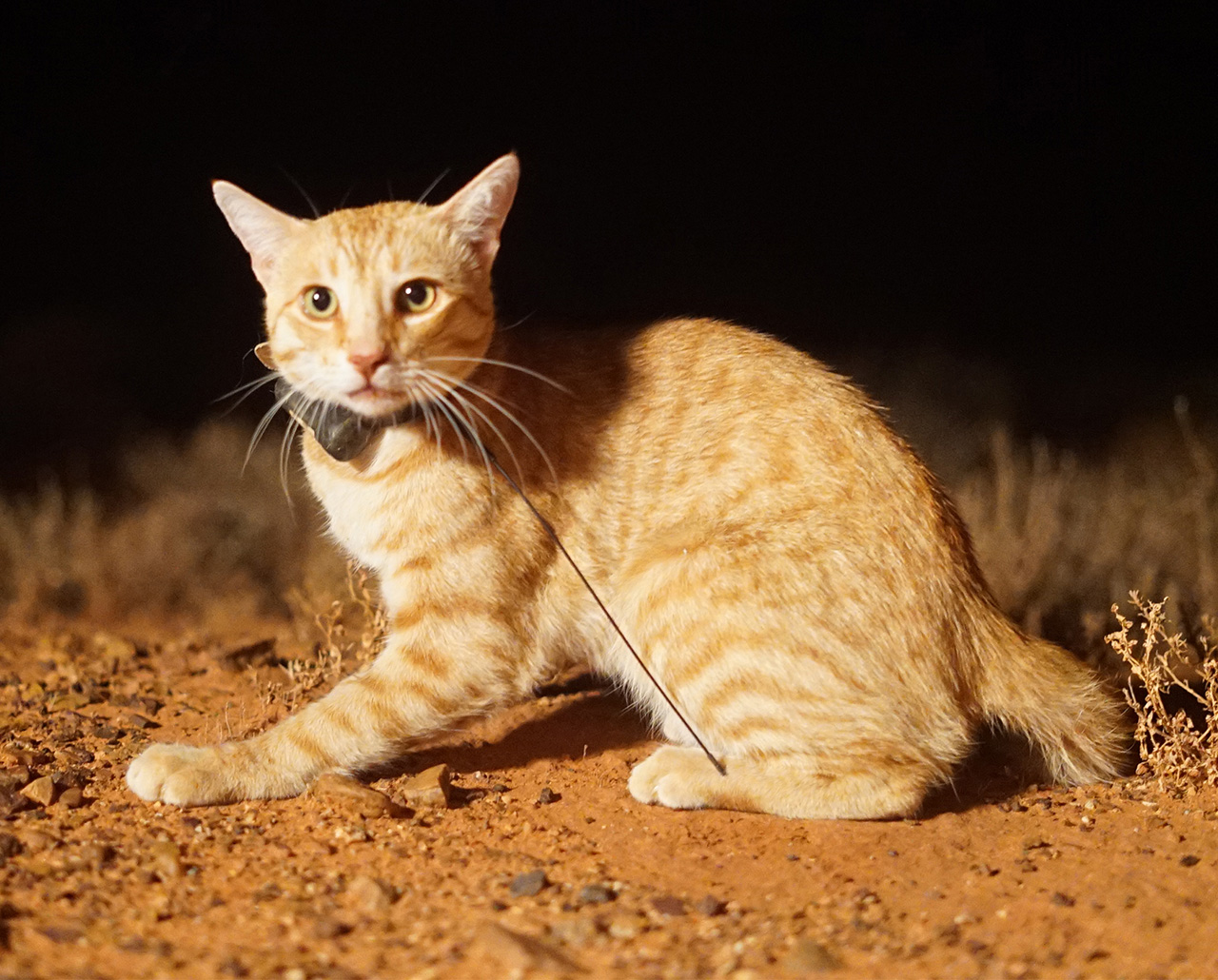
Cat science finalist for Eureka Prize
Monday, 28 September 2020
